Maintaining the ideal humidity levels inside your household is essential to you and your family’s well-being as well as to preserve the quality of your home. Too little or too much indoor humidity can result in physical discomfort, serious health problems, bacteria growth, furniture damage, among other things.
That’s why you should keep in mind to balance the humidity levels inside your home. But how to maintain ideal indoor air moisture? In this article, you’ll know the acceptable indoor humidity levels as well as the different ways to keep a humidity balance in your household.
Recommended Indoor Humidity Levels
Before we start to discuss the various techniques to control the humidity inside your household, it’s important that you know what’s the recommended indoor humidity levels that you should set for your home.
According to experts, the ideal indoor humidity levels should be between 35 to 45 percent. This range will give utmost comfortability for you and your family and protect your wooden furnishings, drywall, and other stuff from the damaging effects of insufficient or excessive air moisture.
The levels of air moisture depend on air temperature and the climate. Hence, you should see to it that you follow the recommended humidity levels above with caution and consider the typical air temperature and climate in your place. You should also take note of the design and construction of the building and any vapor barrier that you installed.
Measuring Humidity Levels in Your Home
Of course, you can’t accurately gauge the humidity levels inside your household by merely using your senses. But there are indicators to determine if indoor humidity is too high or too low.
- High Indoor Humidity – If you notice moisture, mold, or condensation gathering on your windows, ceilings, and walls, it means that the humidity inside your home is too high.
- Low Indoor Humidity – If you see any drying or cracking on your wooden furniture, house paint, millwork, or instances of static electricity, it’s an indication that indoor humidity is too low.
You can also use a device known as hydrometer to measure the humidity levels in your home accurately. There’s a digital and analog version of this device that you can buy for less than $10. There are also smart devices that not only measure humidity levels, but as well as toxic chemicals, air temperature, dust, and carbon dioxide indoors.
Solutions for Low Indoor Humidity
Air moisture significantly drops during the winter season. It’s because the winter air holds less moisture than the warm air during summer. The problem becomes worse if you use forced air heating in your home because water vapor is burned out during the combustion process to generate hot air.
Low humidity can cause drying of the hair and skin, the growth of bacteria and viruses, increased risk to flu and viral colds. It can also damage wooden furniture and materials in your home. However, you can solve this problem by having an indoor air humidifier. You can choose from these three types of humidifier below for that purpose.
Natural Humidifier
You can increase air moisture by putting a vessel that contains water on top of, or near, an air heating system. Placing wet clothes and towels can also add air moisture in your home. However, the humidity generated by this method is only limited and not dependable.
Portable Humidifier
A portable humidifier is a common device used by homeowners nowadays. You can set this device on a flat surface to add air moisture in a particular area of your home. It has two types: the warm mist and cool mist, both of which utilize a container for the water.
The warm mist version functions by heating the water before diffusing it into the air. A cool mist humidifier, on the other hand, uses a wick to take in the water and a fan that puffs air over a moistened filter. Every time the air passes through the filter, it disperses some of the water into the house.
The advantage of portable humidifiers is that you can easily place and move them around your home. However, unless you put one device for every room in your house, the humidity created by portable humidifiers is only limited. Also, you need to refill the water reservoir of the device every 24 hours.
Whole-House Humidifier
If you want an efficient air humidifier for your home, you should choose a whole-house modifier! This type of humidifier is added to the furnace to generate air moisture throughout your household. It’s the most expensive type of humidifier because the unit has to have a cold water connection and space for setting it up.
A whole-house modifier has a humidistat that allows you to control the desired humidity level that you want for your home. You can check this Humidifiergeek Home Remedy Tips to know more about this type of humidifier.
Solutions for High Indoor Humidity
A high humidity level can create a lot of problems for any homeowner. It’s one of the reasons behind the growth of molds and bacteria in your home that can be detrimental to your health. It can also cause wooden furniture to rot. That’s why you should take note of these ways to lower humidity levels in your household.
- Lower down the humidity level or turn off your humidifier.
- If there’s a humidifier, there’s also a dehumidifier that can decrease the humidity levels in your home. You can have it in your basements or use it during the summer season.
- Install exhaust fans and use them when you’re taking a bath and cooking. It’s also important to open the windows to let fresh, drier air into your home.
Takeaway
Keeping the ideal humidity levels inside your home is a must. Otherwise, you’ll create a lot of problems caused by too little or excessive indoor air moisture. The good thing is that there are ways that you can do to maintain a normal level of air moisture in your home.
For you to solve the problem of low indoor humidity, you have to install a humidifier to add moisture into the air. For excessive moisture, on the other hand, a dehumidifier is an excellent device to lower down indoor humidity levels.
Author Bio:
Michelle Navarro is a blogger and an aspiring interior designer. She loves to write about anything related to designing a home, and she also provides ideas to homeowners about what essentials – from furniture to appliances – to have in your household. Michelle is also a beach-lover and mountaineer.
The post Ways to Keep the Ideal Humidity Levels in Your Home appeared first on YourAmazingPlaces.com.
from YourAmazingPlaces.com http://bit.ly/2G9XlyP
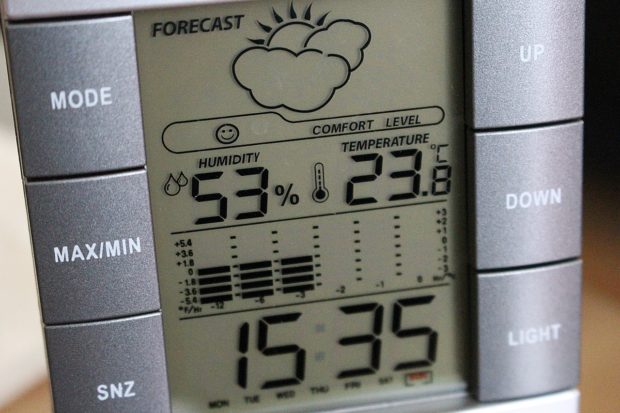
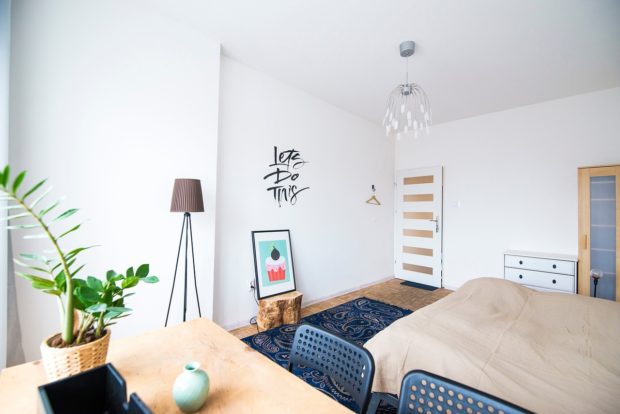
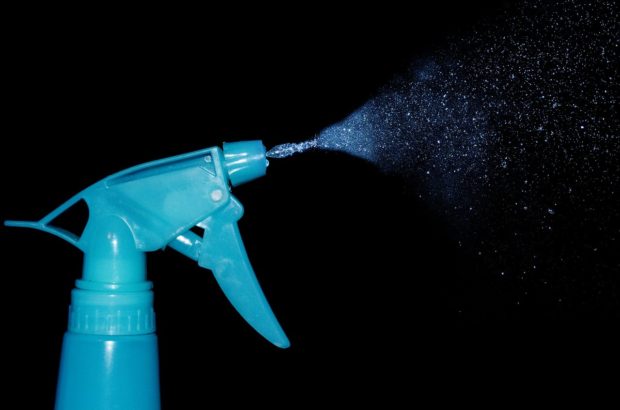
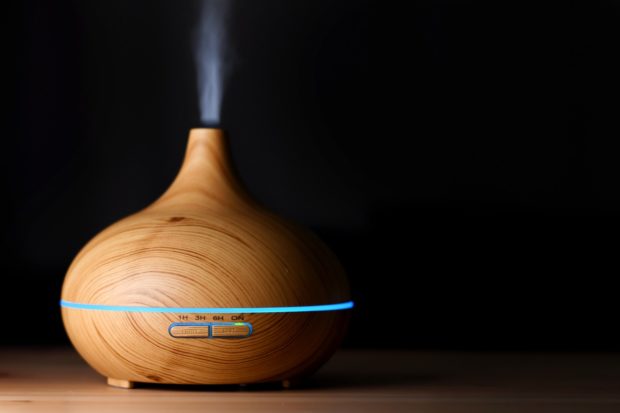
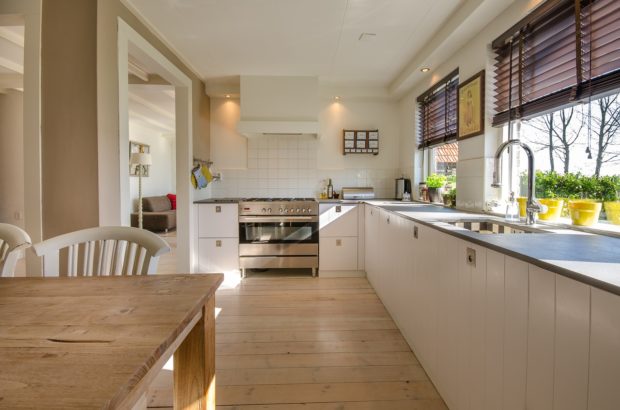
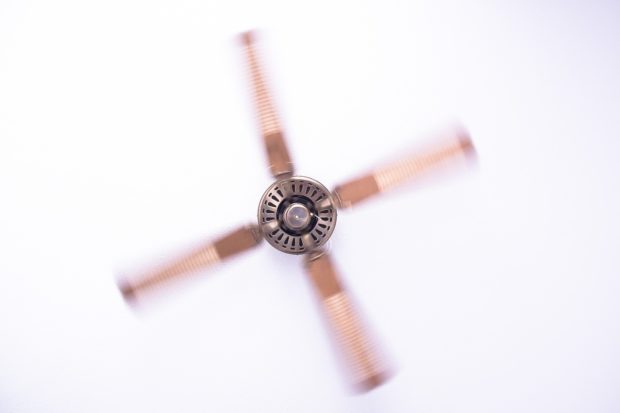
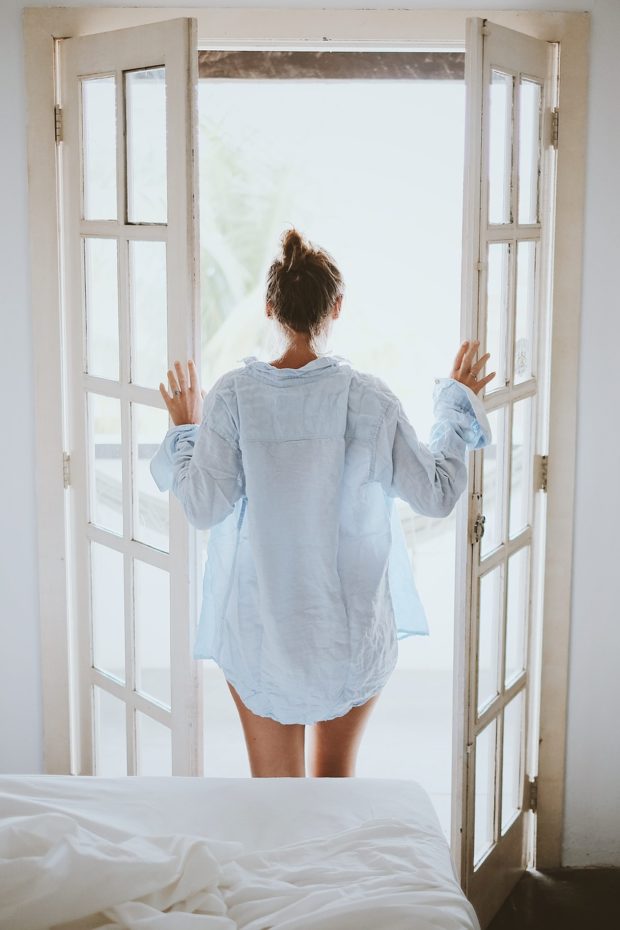








0 comments:
Post a Comment